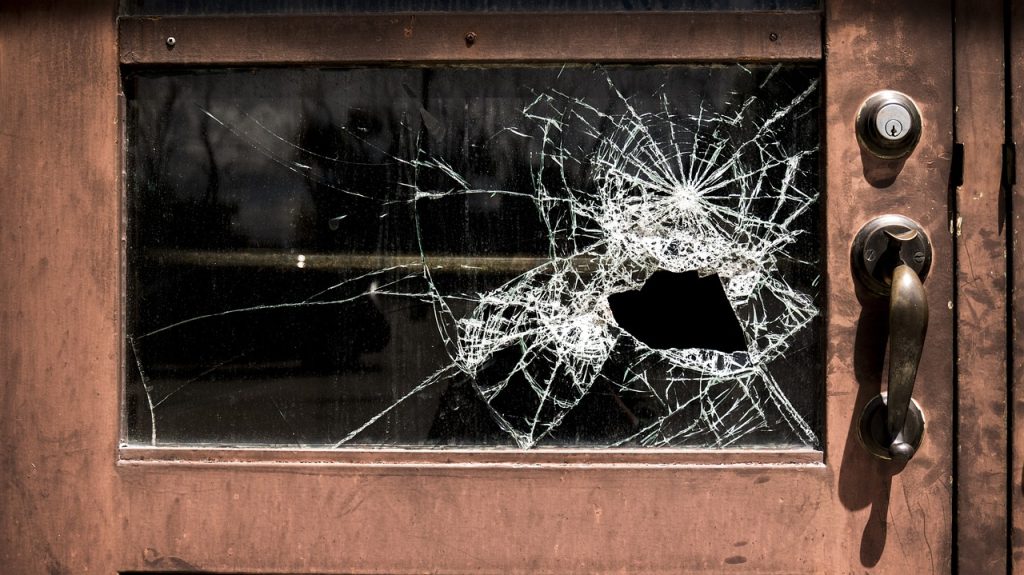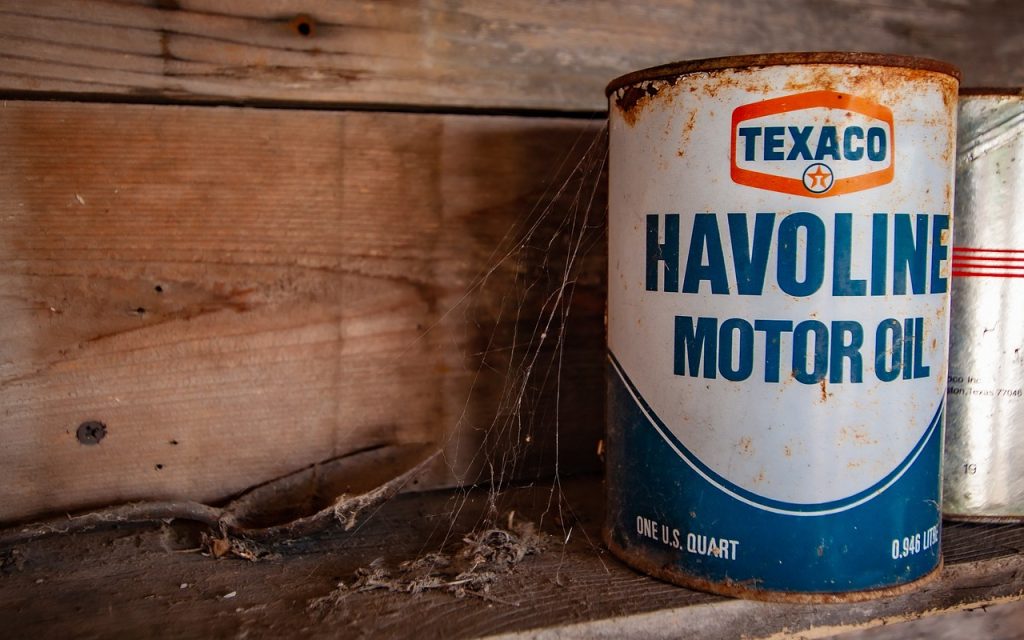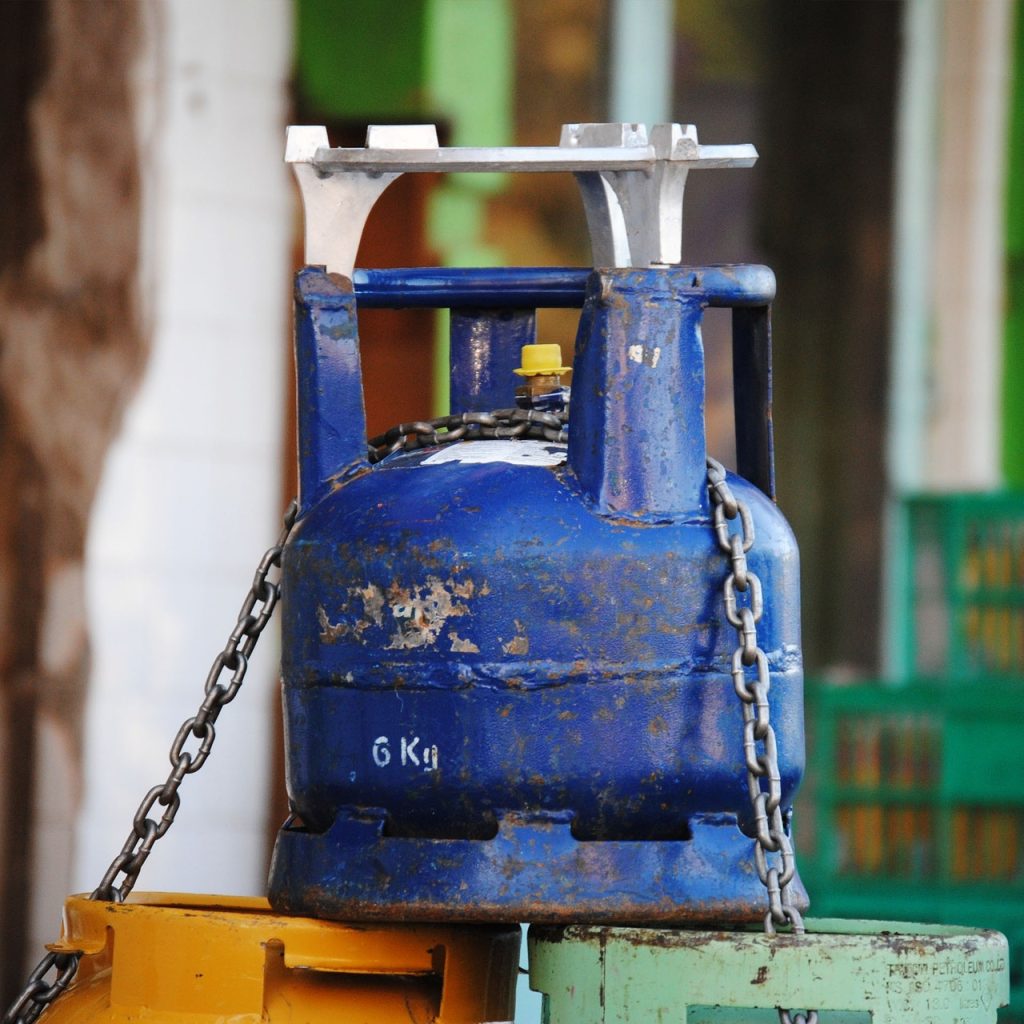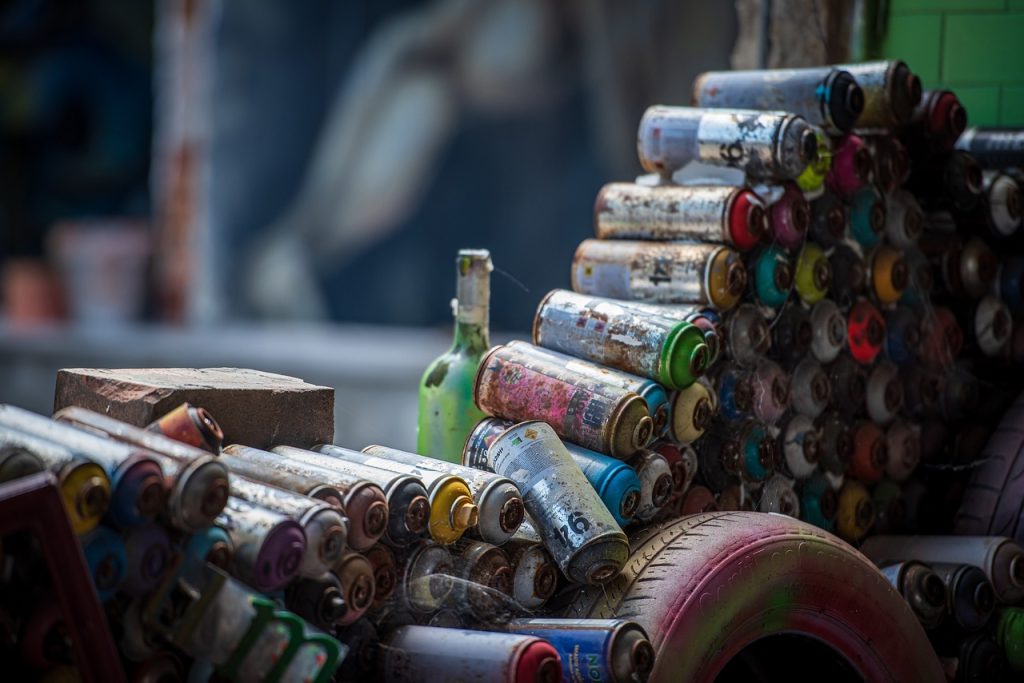- Understand that not all broken glass is recyclable.
- Handle broken glass with care to prevent injury.
- Check with your local recycling program to see if they accept the type of broken glass you have.
- For broken drinking glasses, wear protective gear and wrap them in cloth or paper.
- Place wrapped broken glasses in a sturdy box.
- Contact a specialized recycling facility for disposal instructions.
- For non-recyclable broken glass, wrap securely and label as ‘non-recyclable’ before disposing in solid waste bin.
- Always separate recyclable from non-recyclable glass.
- Stay informed and debunk common misconceptions about recycling broken glass.
Understanding the Process of Recycling Broken Glass
Under the banner of sustainability, understanding the process to recycle broken glass is crucial. You should, however, note that not all broken glass can be recycled. Certain types, such as window panes and mirrors, contain chemicals that are harmful to recycling plant workers. The recycling of glass involves transforming it back into a liquid state to create new glass products. This process is highly energy intensive, but recycling significantly reduces the energy needed compared to creating glass from raw materials.
Crucially, many believe that any form of broken glass cannot be recycled, but this isn’t entirely accurate. Some recycling programs will accept certain types of broken glass, so it’s important to check with your local program. You’re advised to handle broken glass with great care when recycling, to prevent the risk of injury. Through our collective efforts to recycle appropriately, we can help preserve our planet’s precious resources.
How to Dispose of Broken Glass Correctly
Learning how to dispose of broken glass correctly is essential for both environmental reasons and personal safety. One major aspect of this is understanding that unlike typical trash, broken glass requires special attention during disposal. In fact, improperly discarding this kind of waste can result in serious harm to sanitation workers sorting through the garbage, not to mention the damage it can cause to recycling machinery. The correct way to dispose of this dangerous material starts with containment. Care should be taken to pick up shards of broken glass, avoiding direct contact to prevent injury. These should then be placed in a solid, sturdy box, instead of just getting dumped into your regular trash bin. One should also clearly label the box, indicating that it contains broken glass for safe garbage disposal. Knowing the correct method of waste disposal for different materials is key to a cleaner, safer environment. Remember, proper disposal goes way beyond your trash bin.
Properly Recycling Broken Drinking Glasses: Step-by-Step Guide
Recycling your broken drinking glasses can be a bit tricky if you’re not aware of the correct steps to take. It’s crucial to handle broken glass with care to prevent any accidents. Don’t just put broken drinking glasses in the recycling bin along with other glass bottles and jars. Unlike these items, drinking glasses are often treated with chemicals during manufacturing, which can pose problems for recycling facilities.
Firstly, ensure you’re completely decked out in protective gear. Safety should always be paramount when handling broken glass. Then, wrap up your broken glasses carefully in a piece of cloth or paper before putting them in a box. Now, don’t just put that box with other glass recyclables. It will need to go to a specialized recycling facility that knows the correct way of dealing with this kind of glass. So, check online or call your local recycling center to get accurate instructions on where to take or send your box.
Remember, correctly recycling broken drinking glasses helps our environment and reduces waste, so let’s put in that extra bit of effort. Keep in mind: glass, glass, glass and more glass can be reused if we just handle with care.
How to Dispose of Non-Recyclable Broken Glass
Let’s delve into how you can dispose of non-recyclable broken glass, ensuring it doesn’t become added waste cluttering our environment. When it comes to broken glass that isn’t recyclable, your solid waste disposal method becomes crucial. You can’t simply throw it in your recycle bin like the case with other waste. Regular broken glass doesn’t qualify for common glass recycling procedures; hence, it’s categorized as non-recyclable.
Bear in mind that broken glass can become a hazard in the waste system if not handled correctly, posing threats to waste management staff. So, what’s the correct method? First, wrap your broken glass securely in a newspaper, cloth, or some other type of padding. Once tightly wrapped, place it within a sturdy, closable bag. Label the bag clearly as ‘non-recyclable broken glass’ and dispose it within your solid waste bin.
Remember, your decisions and actions significantly impact waste management. So always handle non-recyclable broken glass with care to reduce additional waste in our environment.
The Role of Yard Waste Management
Managing yard waste plays a crucial role in ensuring proper waste collection and disposal. Whether it’s disposing of broken glass or any other hazardous waste, appropriate yard waste management can significantly impact the overall effectiveness of your recycling efforts. For instance, if broken glass is incorrectly scattered within yard waste, it may cause harm to waste collection agents and could potentially disrupt the efficient operation of recycling plants.
Besides, incorrect disposal of broken glass can turn it into hazardous waste, posing a threat not only to humans but also to the environment. That’s why it’s essential to understand and adhere to proper waste management strategies, thus ensuring broken glass and other hazardous items are correctly disposed of.
At the end of the day, you can’t overlook the role of yard waste management, whether you’re dealing with hazardous waste, regular collection, or recycling projects. Mastering this essential aspect of waste management empowers you to become a responsible and eco-friendly citizen.
What happens after Broken Glass Gets Recycled?
Ever wondered what happens after broken glass gets recycled? Let’s dive into it. When you recycle broken glass, it’s collected and transported to a recycling facility. They sort it out, separating recyclable from non-recyclable broken glass. Once sorted, the recyclable glass is crushed and melted. It’s then reformed into new products, giving new life to what was once considered broken.
This process significantly reduces the amount of waste entering our landfills and contributes to a healthier, greener planet. But what about the non-recyclable broken glass you ask? In most cases, it’s utilized in yard waste management systems, acting as aeration tools for compost. So, even your non-recyclable broken glass isn’t completely wasted.
The act of recycling broken drinking glasses or any other glass products is an essential task for preserving our planet. Dispose of your broken glass correctly and don’t shy away from recycling. Remember, what’s broken can always be mended or reused in different forms. So let’s do our part and recycle, recycle, recycle!
Common Misconceptions Around Broken Glass and Why it’s not Always Recyclable
There are common misconceptions about recycling broken glass, and it’s vital to get the correct information. Glass, in general, is recyclable; however, broken glass isn’t always recyclable. So, how’d you make the distinction? Let’s debunk some myths. First, not all items made of glass belong in the recycling bin. Surprising, isn’t it? For instance, broken glass from drinking glasses shouldn’t be placed in the same bin as your everyday glass food jars. The former is often heat-treated, altering its melting point and making it incompatible for recycling with other glass items.
Another misconception is that like paper and plastic, all glass is recyclable. Not true. Take care to note that orange-tinted glass, for instance, is often non-recyclable. It’s vital to separate non-recyclable broken glasses from the others for proper disposal. It’s not just about filling the bin; it’s about sorting the waste right. Make it your day-to-day habit to be informed about recycling and contribute to sustainable waste management.




